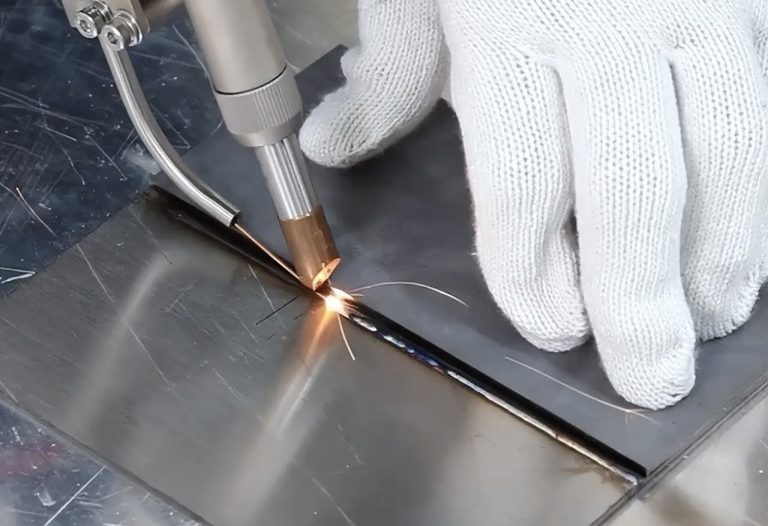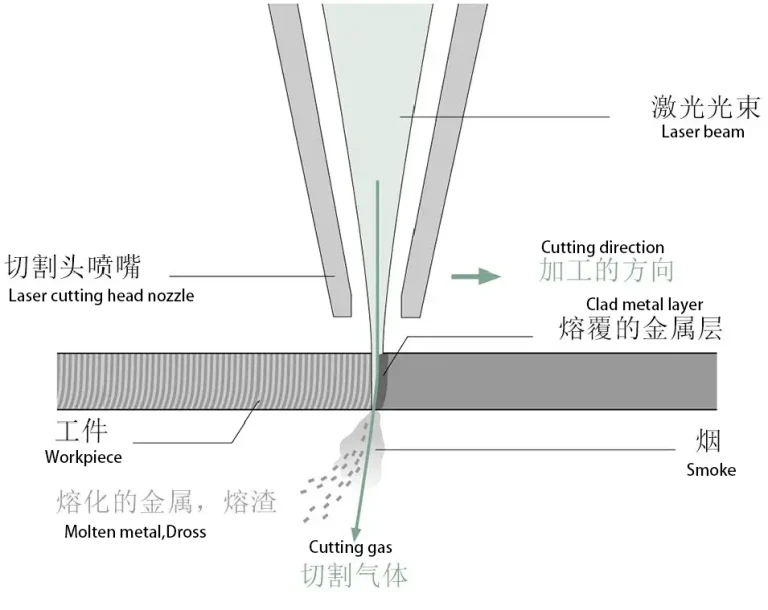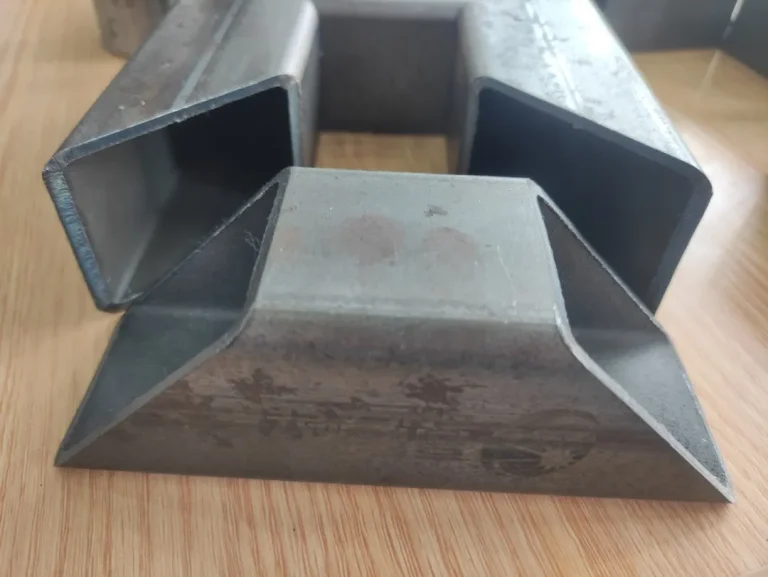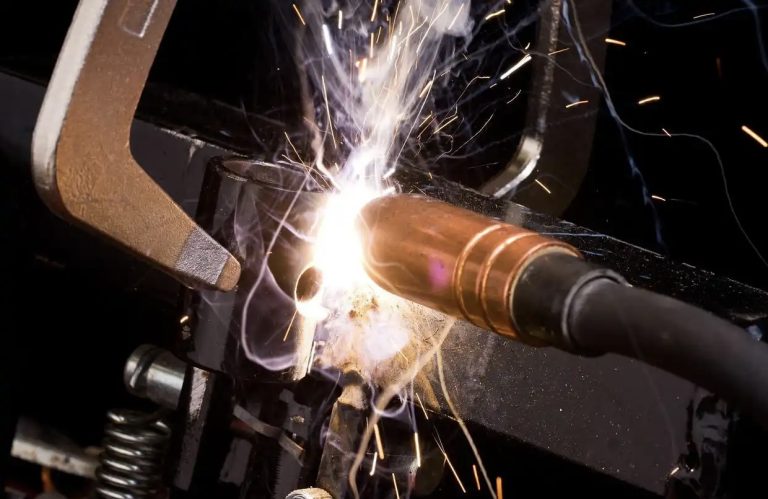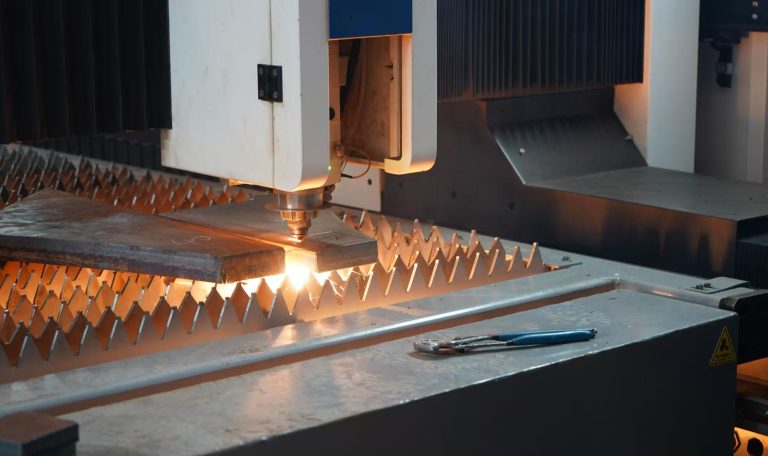The application of laser cleaning technology in the new energy industry is gradually deepening, by virtue of its advantages of high precision, pollution-free, zero consumables, high efficiency and easy automation, it has become a key technology application in battery manufacturing, PV module maintenance, wind power equipment maintenance, etc. In 2024, China’s new energy automobile production and sales volume grew at a phenomenal rate, and it has been a global leader for 10 consecutive years. At the same time, the new installed capacity of PV and wind power also achieved remarkable growth of 28% and 6% respectively, highlighting the strong momentum of green energy transformation.
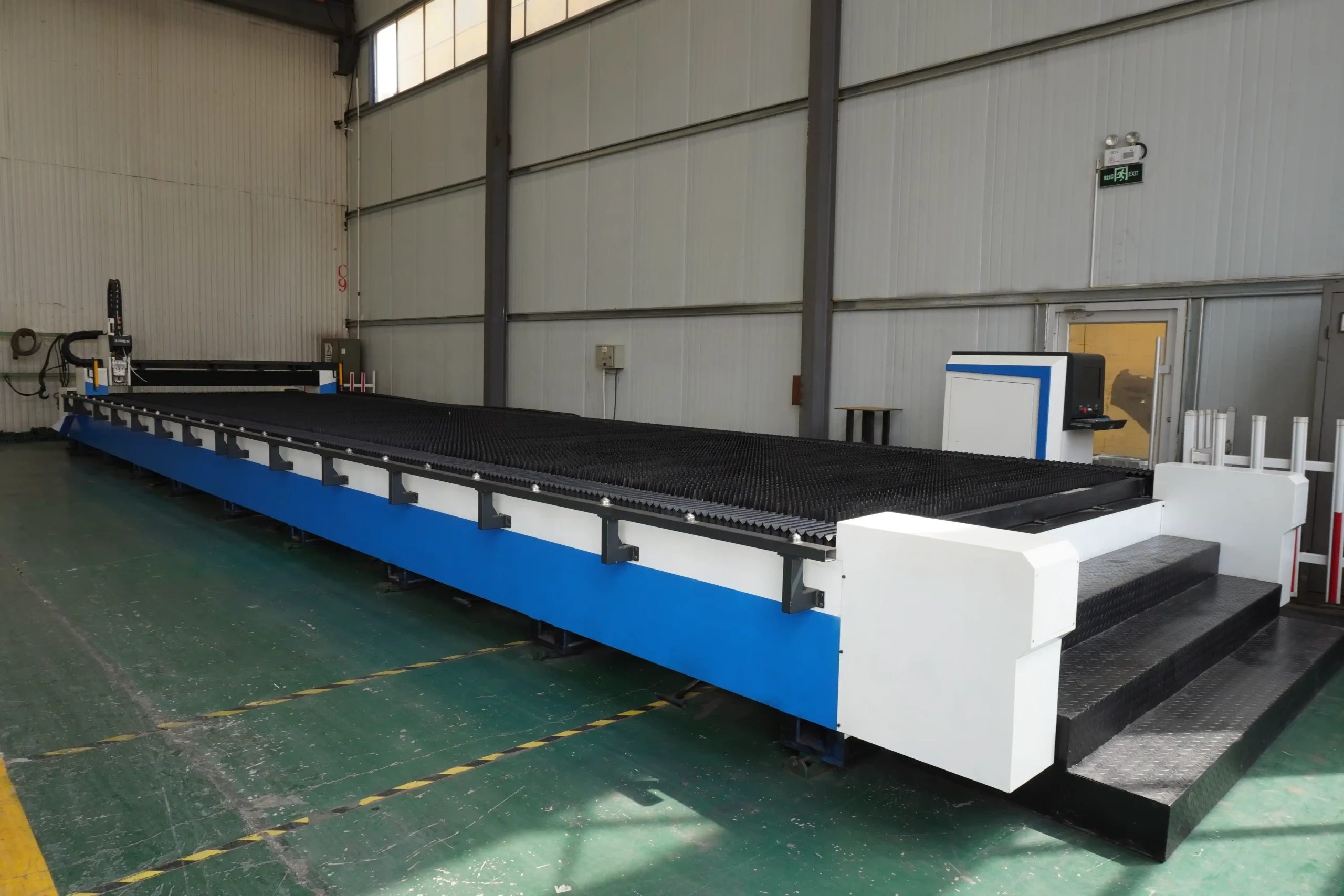
Classification of laser cleaning applications for the new energy industry
New energy lithium battery manufacturing whole process cleaning
1.Cleaning before electrode coating: Remove oil, oxidized layer and particles on the surface of aluminum foil and copper foil to ensure the electrode material is evenly coated and avoid the risk of short-circuiting in the battery. Traditional wet cleaning is prone to chemical residue, while laser cleaning can realize “zero-contact” treatment and improve the consistency of the pole piece.
2.Surface treatment before welding: For welding parts such as battery lugs, sealing nails and busbar, laser cleaning can quickly remove oxidized layer and pollutants, improve welding strength and reduce the rate of false welding. For example, in power battery module welding, laser cleaning can reduce the welding defect rate to below 0.1%.
3.Battery pack assembly cleaning: cleaning the oxidized layer of the battery pack shell, tray weld and sealant track, enhancing the adhesion of adhesive coating and extending the service life of the battery pack.4.Flat wire motor flat copper wire cleaning:
remove the paint layer one by one without damaging the surface of the copper wire. This fine treatment ensures that the conductivity of the flat copper wire is not affected, providing a reliable guarantee for the normal operation of the motor.
5.Battery Reworking: Accurately removing the encapsulation material on the surface of aging batteries for easy recycling.
PV module maintenance cleaning
1.PV Glass Surface Cleaning: Remove dust, bird droppings, organic pollutants, etc. from the surface of photovoltaic glass to improve light transmission. Traditional cleaning relies on chemicals or high-pressure water guns, which can easily damage the glass coating layer, while laser cleaning can achieve micron-level precision and protect the integrity of the coating.
2.Frame and bracket treatment: Remove the oxidized layer of aluminum alloy frame to avoid corrosion spreading and prolong the life of the bracket. Enhance the subsequent coating or welding effect.
3.P4 laser edge clearing: for cleaning before encapsulation.
Maintenance of wind power equipment
1.Blade Surface Cleaning: Remove dust, oil and bio-adhesion on the blade surface to restore aerodynamic performance. Traditional cleaning requires high-altitude operation, low efficiency and safety hazards, while laser cleaning can be combined with drones or robots to realize remote operation.
2.Gearbox and bearing degreasing: laser cleaning can quickly remove oil and carbide on the surface of the gearbox, reducing maintenance time and improving equipment reliability.
3.Tower anticorrosion treatment: Remove oxides from the metal surface before welding to enhance the adhesion of anticorrosion coating.
Hydrogen Fuel Cell Surface Cleaning
1.Bipolar Plate Treatment: Remove oxidized layer and impurities on the surface of stainless steel or graphite bipolar plates to enhance electrical conductivity and corrosion resistance.
2.Membrane Electrode (MEA) Cleaning: Remove residual particles from the production process to avoid proton exchange membrane damage.
Nuclear Equipment Decontamination
1.Radioactive Contaminant Removal: Laser stripping of radioactive deposits (e.g., uranium, plutonium oxides) from metal surfaces in nuclear facilities to reduce personnel radiation exposure.
2.Decommissioning Equipment Disposal: Highly efficient decomposition of contaminated layers on the surface of nuclear waste containers to facilitate safe recycling.
New energy laser cleaning case
Ningde Times pole piece cleaning project
Ningde Times introduced laser cleaning technology to replace the traditional ultrasonic cleaning before the coating of the pole piece, so that the surface cleanliness of the pole piece was upgraded to SA3 level, the short-circuit rate of the battery was reduced by 30%, and the production capacity was upgraded by 15%.
LONGi Green Energy PV Glass Cleaning
LONGi Green Energy adopts laser cleaning technology for regular maintenance of photovoltaic glass, which improves the glass transmittance by 2%-3%, increases the power generation capacity of single module by 5%-8%, and reduces the annual maintenance cost by 40%.
Goldwind Wind Blade Cleaning
Goldwind applies laser cleaning technology in the maintenance of wind turbine blades, and realizes high-altitude operation with drones. The cleaning time of a single turbine is shortened from 3 days to 8 hours, and the annual power generation is increased by 1.2%.
BYD
Blade battery aluminum shell surface treatment line integrated fiber laser cleaning module, electric core coating paint layer laser cleaning.
Lithium Battery Laser Cleaning Equipment Market
The energy crisis has promoted the development of new energy vehicles, and as the power source of new energy vehicles, the demand for new energy power batteries is growing rapidly. From the GGII forecast data, by 2030 the global demand for power batteries will be more than 1100GWh, compared with the current 10-fold increase. According to GGII lithium data, in 2023 the lithium battery laser cleaning equipment market size of 1.27 billion yuan, is expected to exceed 3 billion yuan in 2025, a compound annual growth rate of 54%.

